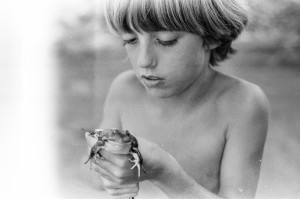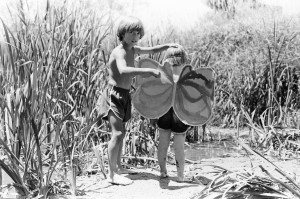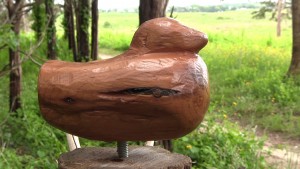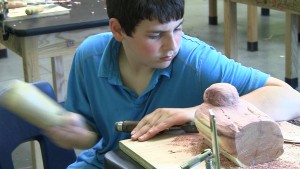
“We have good reason to believe that human intelligence evolved in direct contact with animals, landscapes, wetlands, deserts, forests, night skies, seas, and rivers. We have reason to believe that “the potential for becoming as fully intelligent and mature as possible can be hindered and even mutilated by circumstances in which human congestion and ecological destitution limit the scope of experience” (Shepard 1998, 127).
~David W. Orr, Professor of Environmental Studies and Politics
Psycho-biologically our surroundings affect our state of being. Place holds stories.
Concerning education, David Orr writes that “place and landscape have a hidden
curriculum”.
Traditionally, the places where students learn do not reflect human relationship with
Nature, as literacy centered curriculum does not reflect natural developmental learning. We put the artificial constructs of techno-industrial culture before Nature; as we put the artificial constructs of literacy learning before the primacy of the non-verbal languages.
Contrary to this, a primary ethic of the environmental movement is to integrate human systems into natural systems. This is done through designing technology and infrastructure that simulates the regenerative and cyclical processes of Nature.
 Placed-based education is a curriculum that engages the bioregion of a local place—natural and cultural—as the ‘classroom’. For me, placed-based education is the right ‘place and landscape’ for Art’s with Literacy Integration®. Beginning with human communication with natural place and the arts, extended to literacies and local community and culture, teaches the integration of human systems into the primacy of natural systems.
Placed-based education is a curriculum that engages the bioregion of a local place—natural and cultural—as the ‘classroom’. For me, placed-based education is the right ‘place and landscape’ for Art’s with Literacy Integration®. Beginning with human communication with natural place and the arts, extended to literacies and local community and culture, teaches the integration of human systems into the primacy of natural systems.
My program—Wood and Arts Project—is an example of this. The project concerns the honoring of cut trees at an historical landscape restoration. Through the non-verbal languages of dance and sculpture, empathetic human relationship with Nature is honored and expressed.
Wood and Arts Project is the subject, in part, of an article of mine in Minding Nature, January 2016 edition, entitled “Dancing our Kinship with Animate Earth”.
~~~~~~~~~~~~~~~~~~
Photo Credits: Rebecca R Burrill
